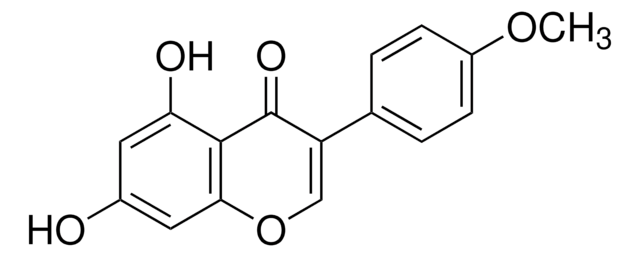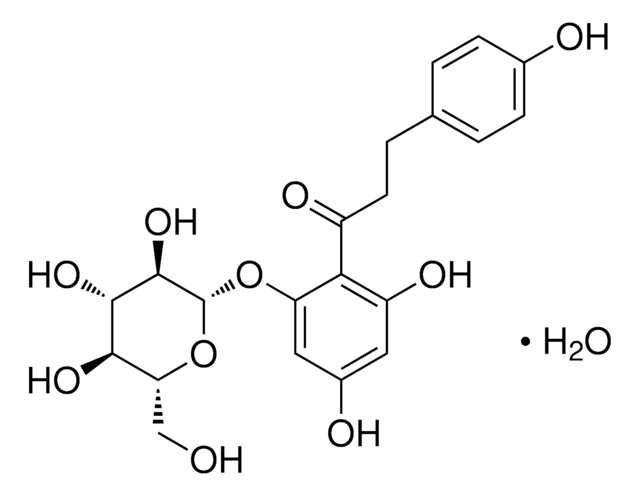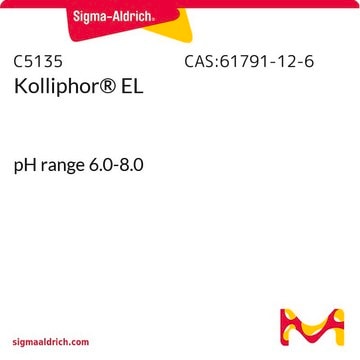D5318
DCP-LA
≥95% (HPLC), oil
Sinónimos:
2-[(2-pentylcyclopropyl)methyl]cyclopropaneoctanoic acid, 8-[2-(2-pentyl-cyclopropylmethyl)-cyclopropyl]-octanoic acid, FR 236924
Seleccione un Tamaño
215,00 €
Seleccione un Tamaño
About This Item
215,00 €
Productos recomendados
Ensayo
≥95% (HPLC)
Formulario
oil
color
clear
solubilidad
DMSO: >2 mg/mL
temp. de almacenamiento
2-8°C
cadena SMILES
CCCCCC1CC1CC2CC2CCCCCCCC(O)=O
InChI
1S/C20H36O2/c1-2-3-7-10-16-13-18(16)15-19-14-17(19)11-8-5-4-6-9-12-20(21)22/h16-19H,2-15H2,1H3,(H,21,22)
Clave InChI
CONYTTFKIUJZOF-UHFFFAOYSA-N
Acciones bioquímicas o fisiológicas
Características y beneficios
Código de clase de almacenamiento
11 - Combustible Solids
Clase de riesgo para el agua (WGK)
WGK 3
Punto de inflamabilidad (°F)
Not applicable
Punto de inflamabilidad (°C)
Not applicable
Equipo de protección personal
Eyeshields, Gloves, type N95 (US)
Elija entre una de las versiones más recientes:
¿Ya tiene este producto?
Encuentre la documentación para los productos que ha comprado recientemente en la Biblioteca de documentos.
Artículos
Protein kinase C (PKC) is an AGC kinase that phosphorylates serine and threonine residues in many target proteins.
Filtros activos
Nuestro equipo de científicos tiene experiencia en todas las áreas de investigación: Ciencias de la vida, Ciencia de los materiales, Síntesis química, Cromatografía, Analítica y muchas otras.
Póngase en contacto con el Servicio técnico








